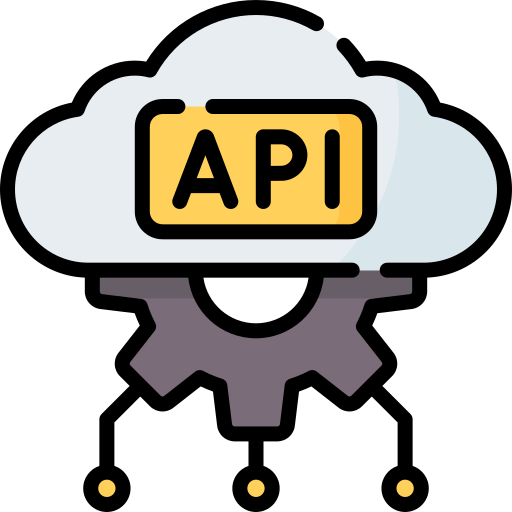Cities are living, breathing entities, constantly evolving and adapting. But how can we truly understand these complex systems? Enter the Urban Observatory: a powerful tool that harnesses the power of data to shed light on the inner workings of our urban landscapes.
What is an Urban Observatory?
An Urban Observatory can take many forms, but its core function remains the same: to collect, analyze, and visualize data related to a city’s various aspects. This data can encompass a wide range:
- Demographics: Population density, age distribution, socioeconomic indicators
- Infrastructure: Transportation networks, energy consumption, waste management
- Environment: Air quality, noise pollution, green spaces
- Economy: Job markets, business activity, commercial districts
- Social Issues: Public health, crime rates, educational attainment
Benefits of Urban Observatories
By establishing a comprehensive data-driven approach, Urban Observatories offer a multitude of benefits:
- Informed Decision-Making: City planners, policymakers, and developers can leverage data to make informed decisions regarding urban development, resource allocation, and infrastructure projects.
- Improved Service Delivery: Data insights can help optimize public services like transportation routes, waste collection, and emergency response times.
- Citizen Engagement: Urban Observatories can empower citizens by fostering transparency and providing them with data about their city. This allows for more informed participation in community discussions and decision-making processes.
- Sustainability Planning: Data analysis can help cities track their progress towards sustainability goals, such as reducing carbon emissions or promoting green spaces.
Examples of Urban Observatories
Urban Observatories come in various flavors, ranging from physical installations to virtual platforms:
- Interactive Exhibits: Some observatories utilize immersive exhibits featuring dynamic data visualizations and interactive maps, allowing visitors to explore urban issues and trends.
- Online Platforms: Many observatories exist primarily as online platforms, offering publicly accessible data sets, reports, and visualizations.
Here are a few examples of prominent Urban Observatories around the world:
- The Global Urban Observatory: Established by UN-HABITAT, this program supports the development of Urban Observatories in cities worldwide.
- The Chicago Urban Observatory: This collaborative project gathers and analyzes data related to various aspects of Chicago’s urban environment.
- The Singapore Urban Observatory: This initiative focuses on creating a sustainable and resilient future for Singapore through data-driven urban planning.
The Future of Urban Observatories
As technology advances and data collection becomes even more sophisticated, Urban Observatories are poised to play an increasingly crucial role in shaping our cities. By harnessing the power of data, these observatories can help us create smarter, more sustainable, and more livable urban environments for the future.


